Nunyabiz
Well-Known Member
Do you not use a mulch layer or cover crop?
How To Use Progressive Web App aka PWA On 420 Magazine Forum
Note: This feature may not be available in some browsers.
I don't do a cover crop they won't be in there long enough to do any good I usually go 1 week 18 hrs then straight to 12 I only use the bed for flowering I veg in containers in I like to pot up in suscession as they grow I veg under LED'sI will haven't gotten to it yet. Wood chips
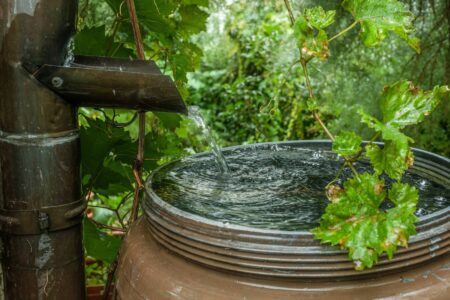
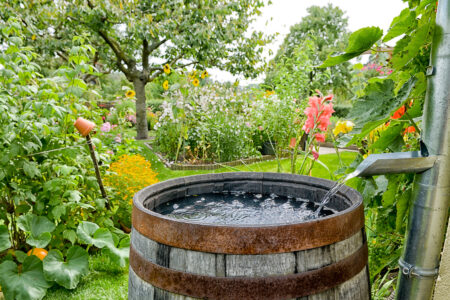
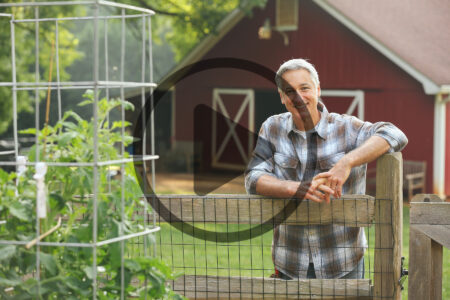
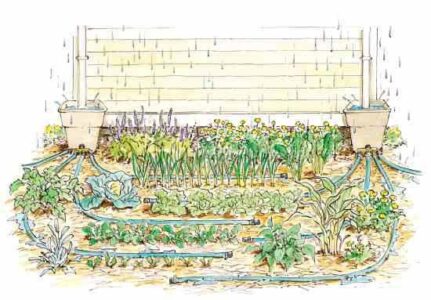
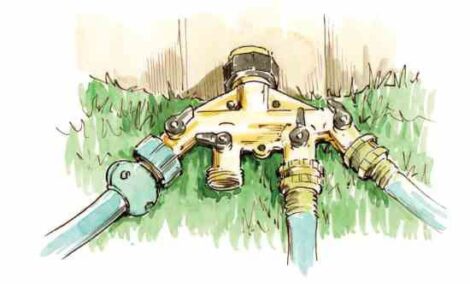

Nemotodes on orderEmergence of a fungus gnat out of pupue stage if you enlarge it you can see the head and legs looks like I need to get some more benifcial insects in there


I use a Clackamas Coots soil recipe which is 35% aeration in the form of Pumice, Rice Hulls and Pre-charged Biochar.Soil and Water
Water provides more than just liquid to a plant; it’s also the medium that enables nutrients and minerals to enter the roots. (Roots don’t digest dirt — they’re not “woody earthworms” — but instead obtain their nutrients only in solution.) What’s more, through the process of photosynthesis, some of water’s hydrogen is split off to become a constituent of the carbohydrate compounds that make up most of the body tissue of growing plants.
Interestingly, water also enables plant roots to obtain nutrients that are beyond their physical reach. At varying depths below our feet lies the water table. Above that is soil containing minute, air-filled vestibules. When enough moisture surrounds each soil particle to create a continuous film from roots to water table, plants can, by capillary action, draw water and thus food from places far beneath their roots. (When this happens, the soil is said to have reached field capacity.)
If, on hot summer days, the crops use more water than is replaced, dry air spaces are created within the soil, and the bridge to the water table is broken. Conversely, if a real downpour hits and the air spaces become flooded to the point of excluding oxygen altogether, plants can literally drown — because roots must have air available, as well as water.
Whether or not your garden soil will retain water well without becoming over-saturated is determined, for the most part, by its structure. But don’t feel that you must live with the type of soil that’s currently in your plot. The great equalizer, compost, can help improve any ground that has trouble properly absorbing or retaining water.
Take sandy soils, for instance. They often have large spaces between their particles that allow for excellent drainage — if there is existing moisture in the soil. If, however, as might be the case in an extremely sandy soil, those spaces are completely filled with air, they can actually become a barrier to water penetration. Rain will be able to penetrate no deeper than the first few inches, so even though the garden has gotten a good soaking, deeper levels will remain bone-dry. When that happens, plant roots tend to seek out only the upper few inches of soil and will thus be quite susceptible to heat and moisture loss.
Compost added to such a sandy soil will act as a moisture-retaining wick. It should be incorporated deeply — say, six to eight inches — so it will also help attract roots downward.
Silty soil acts in much the same way. Its powdery, flour-like texture can let water slip right through . . . just as the soil itself would sift through your open fingers. In the process, that water will quickly leach nutrients from your plants. Here again, compost will give your plot a better water retaining capacity.
Clay soils have another problem: They have so few air spaces that they’re too easily flooded by water. A sticky, slimy, wet clay soil can easily drown roots. The addition of as much organic matter as possible is a definite must in order to lighten the soil to allow plant roots more room to breathe. At the Eco-Village, we turn in at least an inch of compost (and preferably more) before planting any crop in our clay-heavy beds.
Turning under green manure (or cover) crops is often another good way to add more humus to the soil. Our own clay plot, however, doesn’t have sufficient below ground air to stimulate the needed decomposition of turned-under crops, so we actually cut down most of the green matter and compost it before working it in.
On the other hand, adding sand to clayey soil is not supposed to help its texture — the clay allegedly “swallows” it up! As an old gardening maxim puts it: Put clay in sand, money in the hand; put sand in clay, throw money away. But when we finally tested this adage last summer by working about an inch of sharp creek sand into a few beds along with their compost allotment, the sand did make a noticeable improvement in both texture and drainage.
|
This Thread Just kinda morphed into the different topics I myself aren't to worried about the thread title I like to hear myself talkGood info in this thread but straying a bit far afield from the thread title. You can always ask a mode to change the title if you want something more descriptive.
 but I do have a regular organic thread among the other 10,000 on there so I'm good with the small group attending this thread I've already learned a few different things from you do folks
but I do have a regular organic thread among the other 10,000 on there so I'm good with the small group attending this thread I've already learned a few different things from you do folks  GOOD STUFF!
GOOD STUFF!